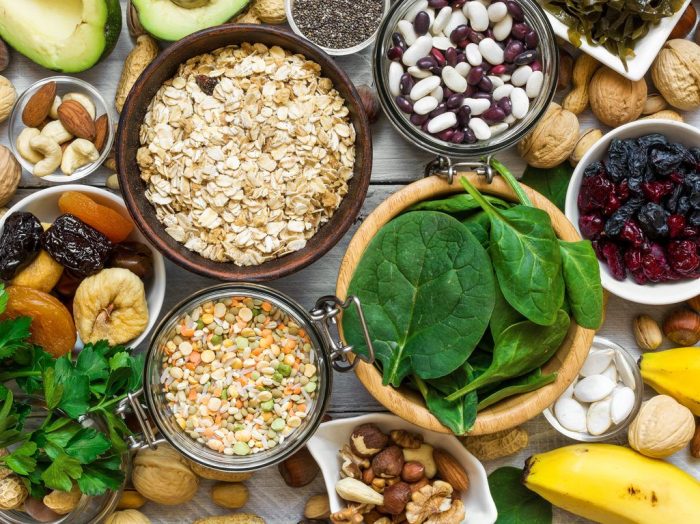Every diet is a delicate balance between proteins, fibers, carbs and fats, along with a dash of minerals, vitamins and other micro-nutrients with potential health benefits. But how much of each?
World Health Organization (WHO) commissioned a new meta-analysis in order to find out the ideal amount of fiber that we should consume to prevent a vast range of chronic diseases. The impressive study encompasses 40 years’ worth of research, and apart from developing new guidelines for dietary fiber consumption, it was meant to discover which carbs protect the most against noncommunicable diseases and can stave off weight gain. Overall, the researchers examined the data included in 185 observational studies — amounting to 135 million person-years — and 58 clinical trials which recruited a total of 4,635 people.
The results were recently published in Lancet, and they are pretty clear. People who consume the most fiber in their diet are 15–30 percent less likely to die prematurely from any cause or a cardiovascular condition, compared with those who eat the least fiber. Consuming foods rich in fiber also correlated with a 16–24 percent lower incidence of coronary heart disease, stroke, type 2 diabetes, and colon cancer. The clinical trials included in the study also suggest that consuming more fiber correlates strongly with lower weight and lower cholesterol levels.
So, how much fiber?
A daily intake of 25–29 grams of fiber is ideal. But dose-response curves suggested that higher intakes of dietary fiber could confer even greater benefit to protect against cardiovascular diseases, type 2 diabetes, and colorectal and breast cancer.
Fiber-rich foods include whole grains, vegetables, fruit, and pulses, such as peas, beans, lentils, and chickpeas.





